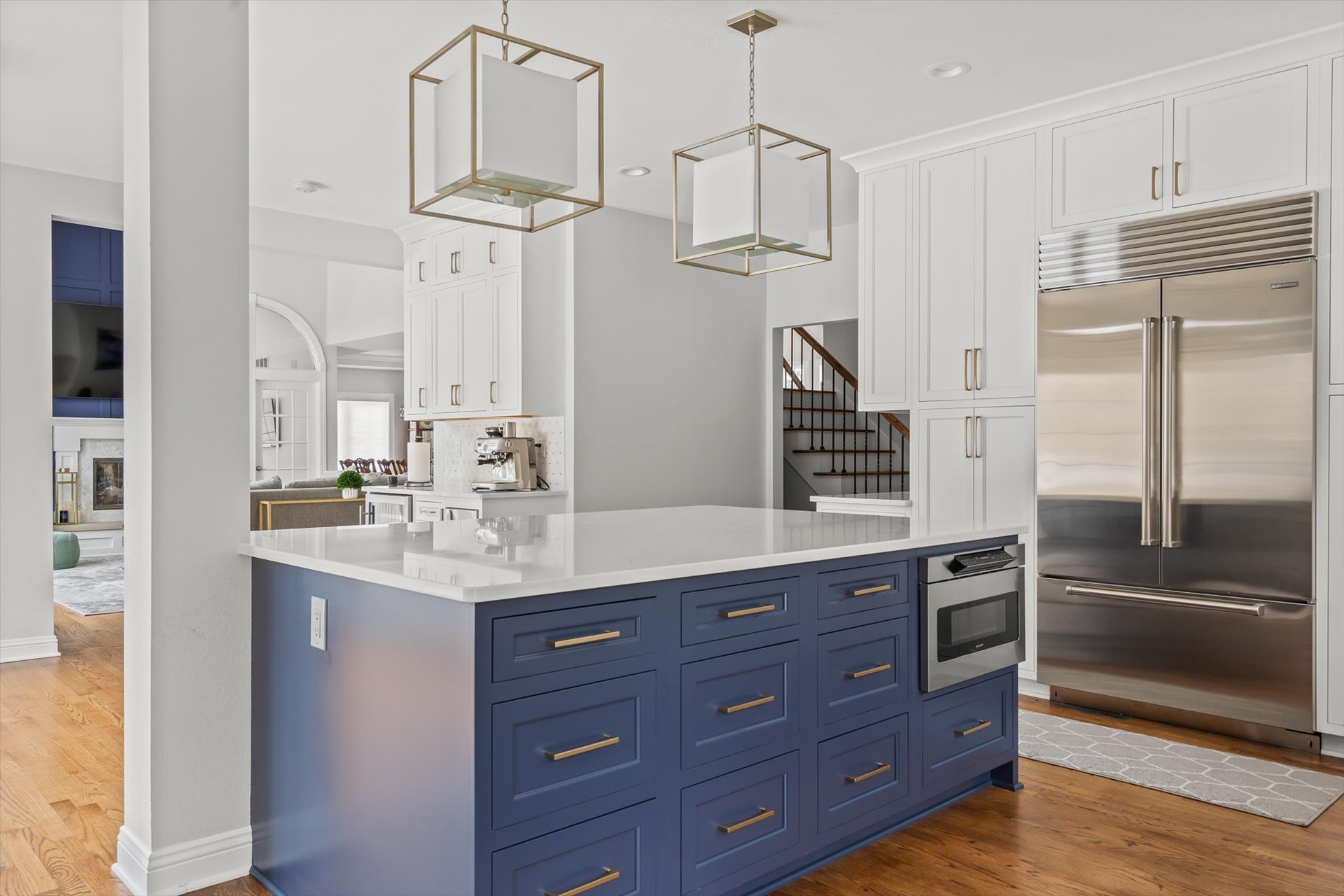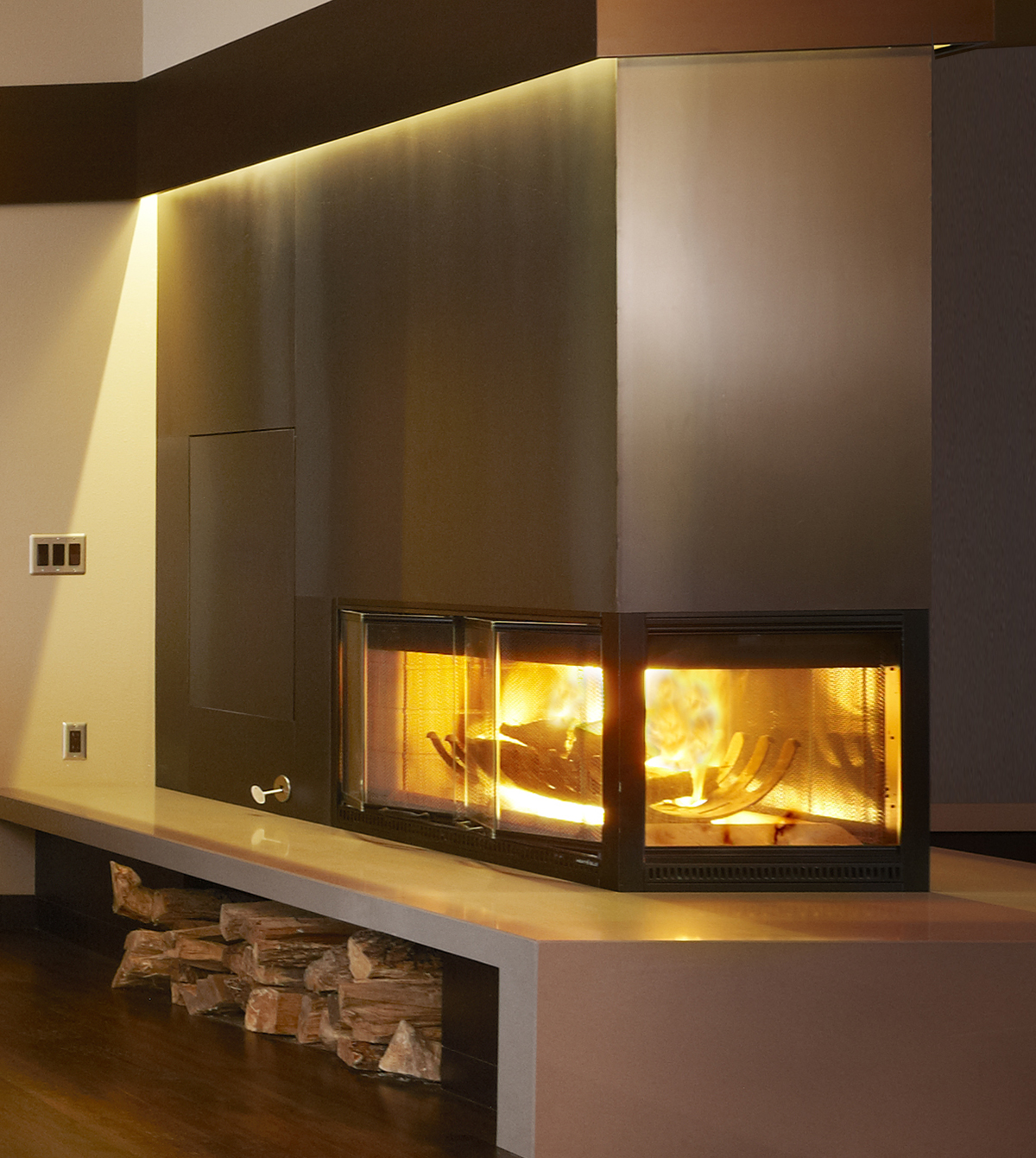When it comes to designing a kitchen, there are a lot of choices to be made, from appliances, to cabinets to flooring. One choice that has a big impact on the look and function of the kitchen is the countertop material.
It’s one of the first things you see in a kitchen, and you interact with it every day. Countertops come in all kinds of colors and styles, but there is more to them than looks.
To help you choose what’s best for your kitchen, here are some of the more popular countertop materials.
Quartz
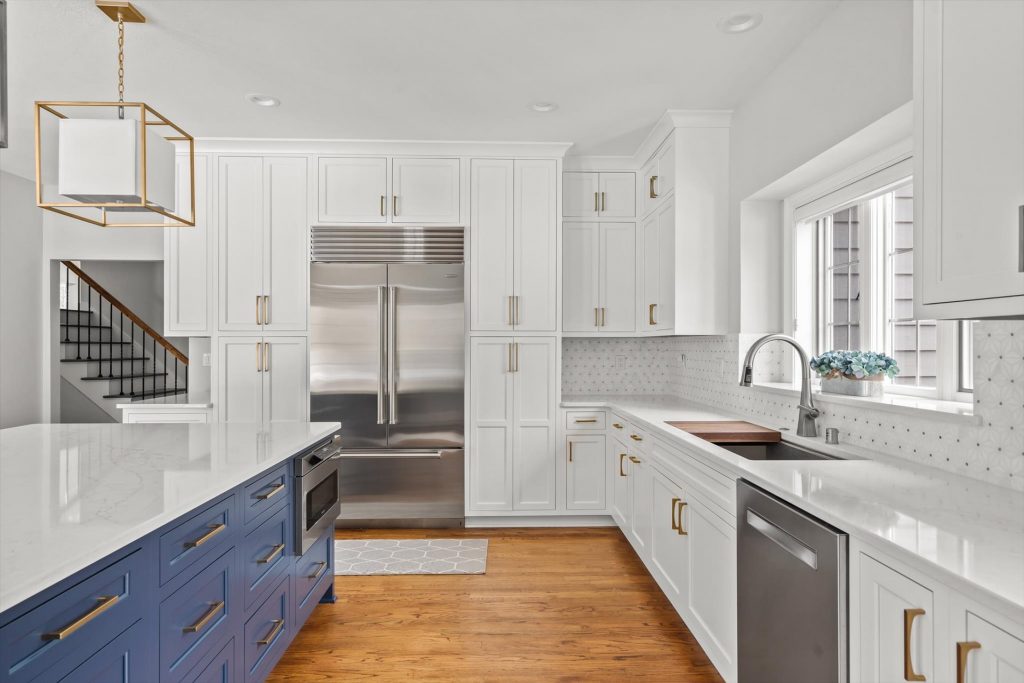
Quartz countertops are manufactured slabs. They come in a huge variety of colors, including red, blue and green, as well as patterns that resemble granite or marble. The patterns that mimic stone are very popular as unlike stone, the color and design of the slab is always consistent. You can get the look of real stone, without the maintenance.
Quartz is very durable and requires zero maintenance. However, it is susceptible to extreme heat, so don’t put hot pots and pans directly on it.
Granite
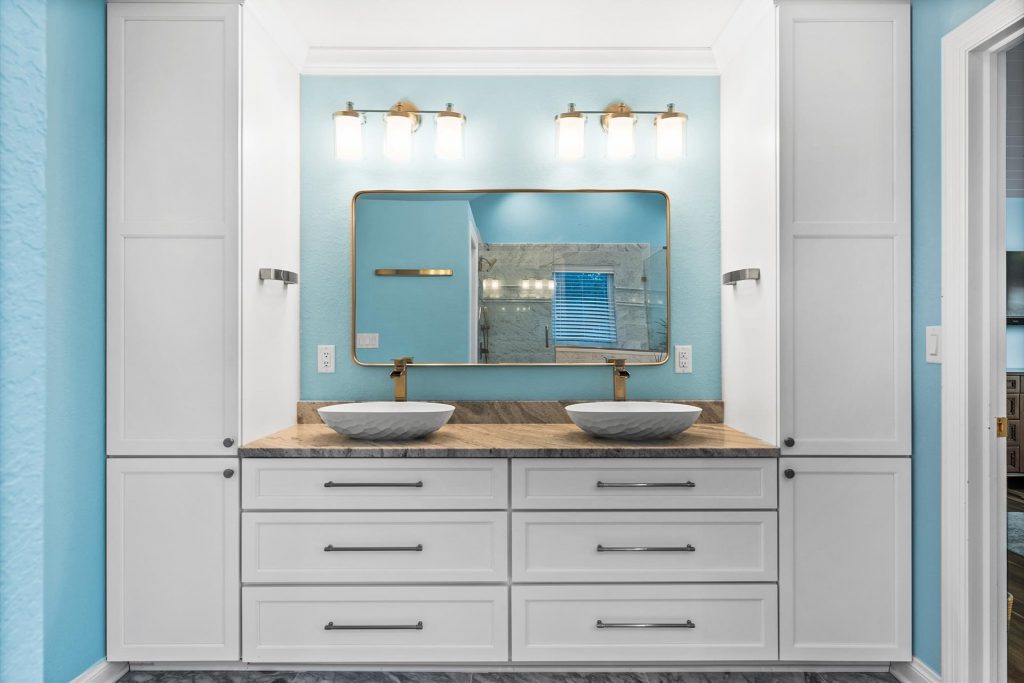
Granite is a natural stone countertop, since it is an all-natural product, each slab is different. That can be a pro or con, depending on the look you are aiming to achieve. Granite can take all kinds of everyday kitchen punishment, from spills to extreme heat, and look just as good as the day you installed it. This durability makes granite a great choice.
It doesn’t require much maintenance. However, since it is a natural stone, you will need to seal your countertops and take care not to stain them.
Marble
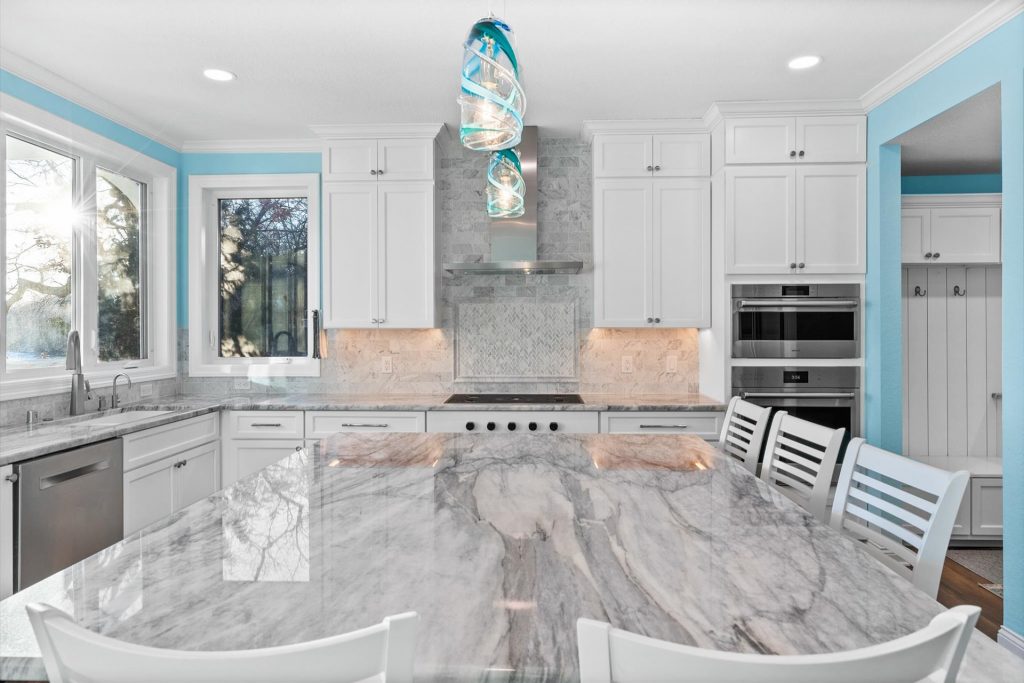
Few materials offer the elegant look of marble. It’s a popular material for bathroom countertops, and it has made its way into the kitchen, as well. Carrara marble, in particular, offers a luxurious look that’s almost unmatched, while being unmatched.
While it is durable, marble countertops do have some maintenance requirements. It’s a highly porous material, meaning it soaks up liquid. That makes it susceptible to stains from spilled wine or other household liquids. To avoid this, you’ll need to seal the marble frequently, and even then you’ll have to be diligent with how you clean up spills.
Marble also shows scratches, which can be a pro or a con, depending on how you look at it. A softer material than granite, it will show wear over time, which gives it an old-world charm. You’ll also want to avoid prolonged exposure to acids, such as lemon juice, which can remove the polish and make the marble more prone to scratches.
Perhaps not the best material for a growing family, but marble sure looks amazing.
Quartzite
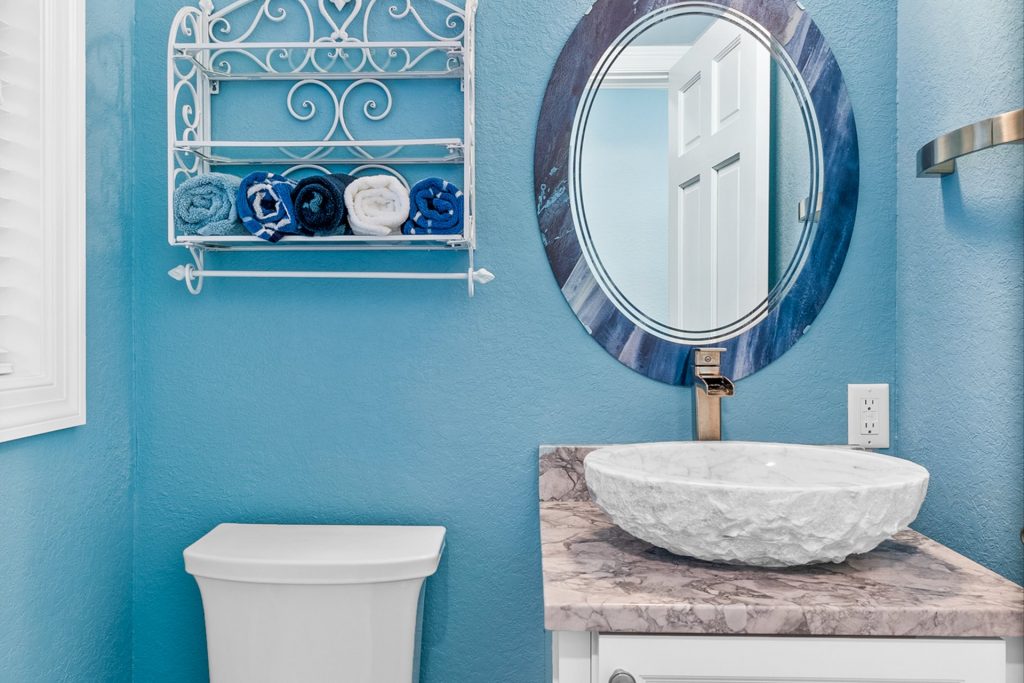
Not to be confused with quartz, quartzite countertops are growing in popularity. It’s similar to granite in that it’s a natural, quarried stone, and it offers distinct veining and variations that give it unique character.
Quartzite is actually harder than granite, and therefore extremely durable. It will last basically forever, showing no scratches or damage, and requires virtually no maintenance.
Like every other design element in your kitchen, the countertops come down to personal choice. We can help you measure the pros and cons of each and choose a countertop that fits your kitchen and your lifestyle.
